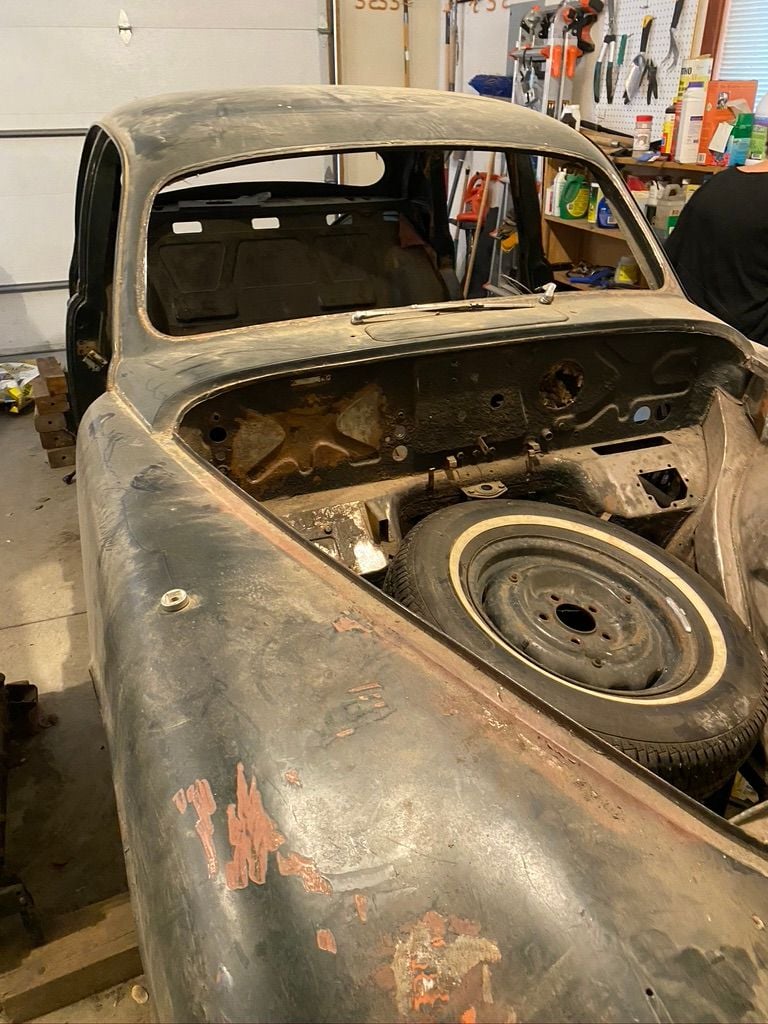

Eukaryotic Top 1 belongs to the type IB subtype, and topoisomerase V found in the archaeal genus Methanopyrus is, thus far, the only member of the type IC subtype.

Bacterial topoisomerase I (Top 1) and topoisomerase III (Top 3) are type IA topoisomerases. In contrast, types IB and IC topoisomerases cleave one strand of duplex DNA, covalently attach its active-site tyrosine to a 3′-phosphoryl group, and utilize the ‘swivel’ mechanism to relax DNA supercoils. They cleave one strand of duplex DNA, covalently attach the active-site tyrosine to a 5′-phosphoryl group, and utilize the ‘strand passage’ mechanism to alter DNA topology. Type IA topoisomerases require a nick or a single-stranded region to bind to DNA. There are three subtypes of type I topoisomerases: type IA, type IB, and type IC. As a result, they alter the linking number in steps of one. Type I topoisomerases break one DNA strand of duplex DNA to allow either the passage of the other DNA strand through the break or the rotation of downstream DNA duplex about the break, and then reseal the broken strand. There are two types of DNA topoisomerases, type I and type II. Thus, topoisomerases remain as important therapeutic targets of anticancer agents.ĭNA topoisomerases are responsible for DNA unlinking and these ubiquitous enzymes play critical roles in many biological processes involving DNA.

Furthermore, identification of various new bacterial topoisomerase inhibitors and regulatory proteins may inspire the discovery of novel human topoisomerase inhibitors. It may also be possible to design catalytic inhibitors of topoisomerases by targeting a certain inactive conformations of these enzymes. Recent advances in the field have suggested a possibility of designing isoform-specific human topoisomerase II poisons, which may be developed as safer anticancer drugs. Structures of topoisomerase-drug-DNA ternary complexes have revealed the exact binding sites and mechanisms of topoisomerase poisons. Unfortunately, this unique mode of action is associated with the development of secondary cancers and cardiotoxicity. Clinically successful topoisomerase-targeting anticancer drugs act through topoisomerase poisoning, which leads to replication fork arrest and double-strand break formation. DNA topoisomerases, especially type IIA topoisomerases, are proven therapeutic targets of anticancer and antibacterial drugs. However, traditional or non-specific anticancer drugs are still important for the treatment of many cancer patients whose cancers either do not respond to or have developed resistance to cancer-specific anticancer agents. Many cancer type-specific anticancer agents have been developed and significant advances have been made toward precision medicine in cancer treatment.


 0 kommentar(er)
0 kommentar(er)
